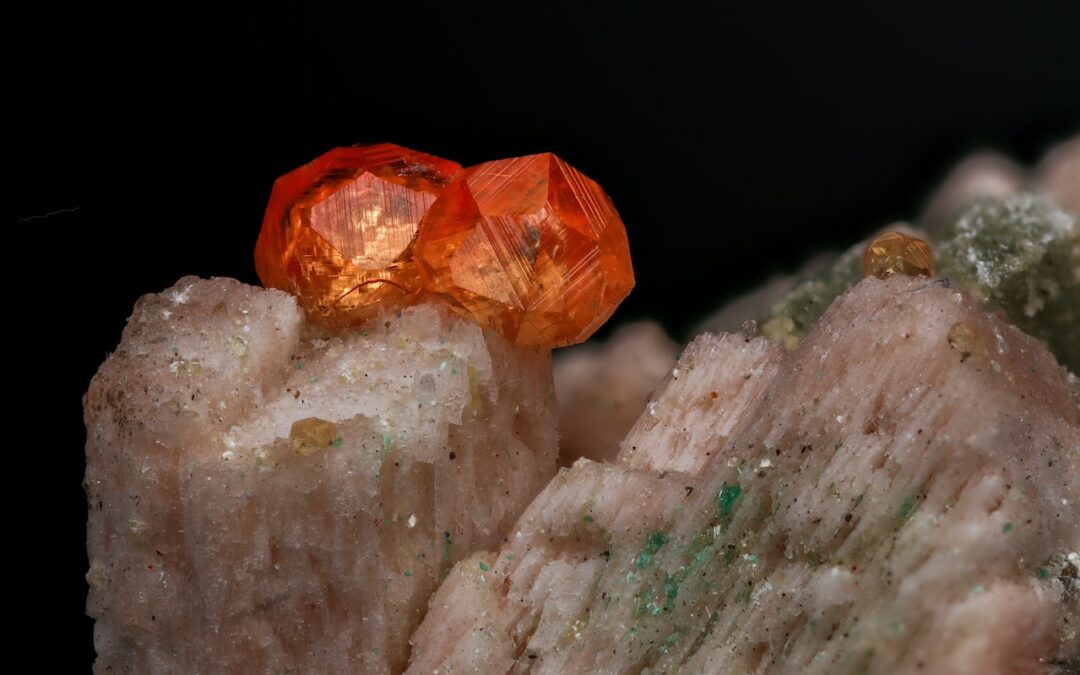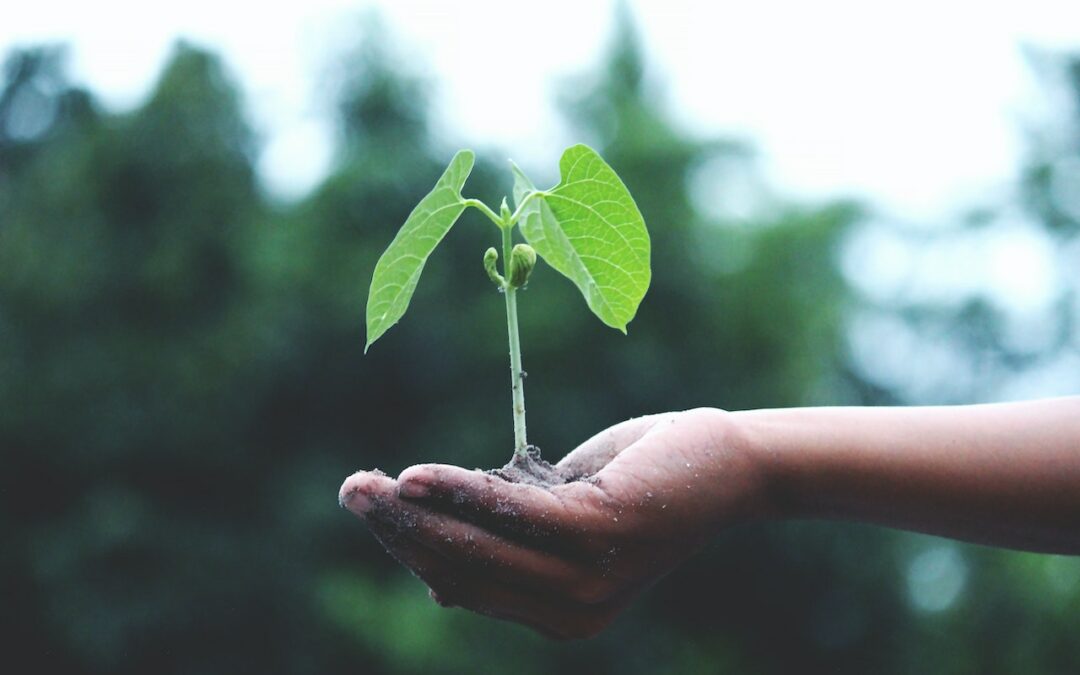
Toyota and Hydrogen – pictures
Pictures of our interview with Toyota regarding its plans for hydrogen fuel-cells.

Pictures of our interview with Toyota regarding its plans for hydrogen fuel-cells.

Properly disposing of herbicide packaging, including any leftover product, is one of the easiest and…
The post Recycling Mystery: Disposing Of Herbicides And Packaging Safely appeared first on Earth911.


CSIRO and Murdoch University have launched The Bioplastics Innovation Hub, an $8 million collaboration that will work with industry partners to develop a new generation of 100% compostable plastic.
Based at Murdoch University’s main campus in Perth, WA, the Bioplastics Innovation Hub aim is to revolutionise plastic packaging by developing biologically derived plastic that can break down in compost, land or water.
Dr Andy Whiteley, CSIRO Research Program Director, said the hub aims to bring together experts in microbiology, molecular genetics, synthetic biology, biochemical engineering, advanced manufacturing and circular economy by translating advancements in bioplastics research to real-world applications.
“Our primary focus is the development of 100% compostable, bio-derived packaging for use as sprays, films, bottles, caps and wrappers which are engineered to fully break down in compost, land and in aquatic environments,” Whiteley said.
With global concerns over plastic pollution and fossil fuel depletion driving an increased demand for compostable bioplastics, the hub will aim to equip the plastics industry with the tools and expertise required to manufacture materials and continue to drive a green economy for plastic waste.
The first key focus area will be a co-investment with WA-based biotechnology company Ecopha Biotech to develop a new process for water bottle production using compostable bioplastics derived from waste products from the food industry.
Putting food waste to good use: the hub is developing sustainable plastics using food waste, such as cooking oil. ©CSIRO
Murdoch University Deputy Vice Chancellor Research & Innovation Professor Peter Eastwood said managing the growing plastic waste crisis required innovative technological solutions, including bioplastics.
“Together with CSIRO, Murdoch University will fast-track the production of novel compostable bioplastic and introduce a green plastic to the market which will significantly minimise the requirement for non-sustainable plastic production,” Eastwood said.
“We also aim to assist industry in establishing an advanced biomanufacturing sector, to commercialise compostable bioplastics that meet the manufacturing design needs and certification standards for 100% biodegradation.
“The outcomes of this project will boost the capability of Australia for commercial production of compostable bioplastics. In particular, the Hub meets the sector priority of increasing technical leadership of Australian manufacturing.”
Image credits: CSIRO